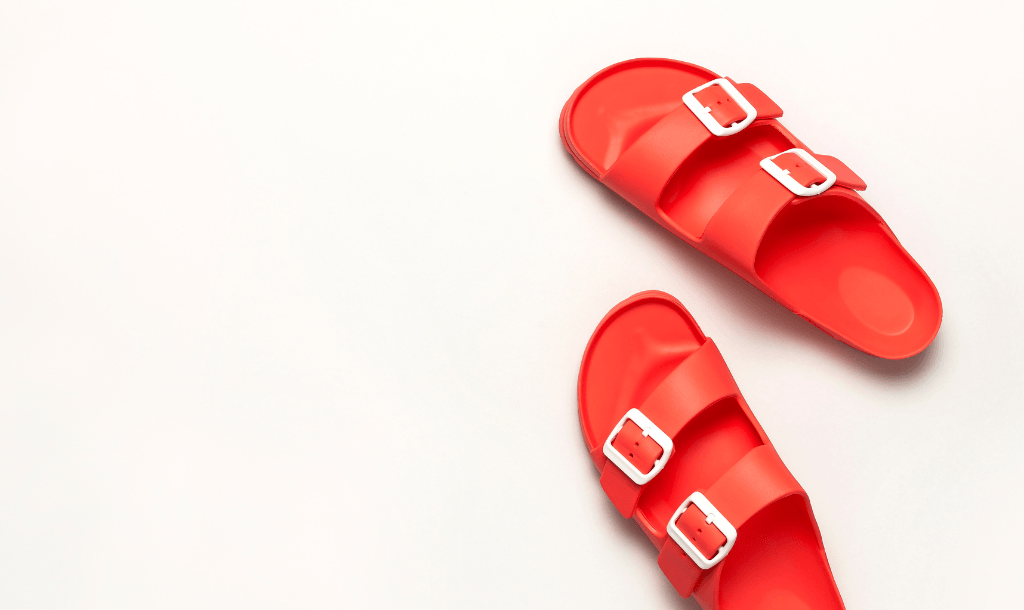This article first appeared in the Bay of Plenty Business News September 2022 edition
Regular readers of this column may recall that in March this year I wrote an article entitled “It’s coming home…the return of NZ’s IP”.1 The article was about how, due to issues of control, speed and cost, New Zealand businesses appear to be moving production of their goods back to New Zealand or just making their products here in the first place.
If you’re one of those businesses, you might want to consider using the label ‘Made in New Zealand’2 in connection with your products. If you do, then be careful how you proceed because while using ‘Made in New Zealand’ in relation to finished products which have been 100% grown/extracted/produced in New Zealand is straightforward, using the label in relation to finished products ‘made’ from a mix of imported and locally produced materials or components is more complicated.
To determine if the ‘Made in New Zealand’ label is appropriate for a product ‘made’ from a mix of imported and locally produced materials, the New Zealand courts will examine whether on their way to becoming part of a finished product, the basic ingredients of that product have gone through a ‘substantial transformation’ in New Zealand, or whether a key step in producing a final product has been undertaken in New Zealand.3
The Buy New Zealand Made Campaign, which licenses use of a ‘New Zealand Made’ logo, interprets ‘substantial transformation’ and ‘key step’ as ‘a significant manufacturing process’. More fully, its ‘Manufacturing Eligibility Guide’ asks the question, “Have the imported key materials/components been through a significant manufacturing process in another country and [do they] form the essential character of your finished product?” If the answer to that question is ‘yes’, then it is unlikely that the product will qualify as ‘New Zealand Made’.
If the answer to that question is ‘no’, however, the Guide goes on to ask, “Do the imported materials/components go through [such] a significant manufacturing process in New Zealand that the form in which [they] are incorporated into the finished product is distinctly different from the original imported form?” If the answer is ‘yes’, then the Guide advises that the product may be eligible to use the above logo but there remains a risk of breaching the Fair Trading Act nonetheless; consequently, appropriate legal advice should be sought. As I noted earlier, the ability to use ‘Made in New Zealand’ in connection with products ‘made’ from a mixture of imported and locally produced ingredients is complicated.
Using the ‘Made in New Zealand’ label2 can be a significant source of competitive advantage and beneficially contribute to a business’s reputation. As His Honour Judge DJ Sharp, in a 2019 District Court judgment3 concerning the misleading application of ‘New Zealand Made’ to health supplement products, observed:
In closing, if you’re a business considering using ‘Made in New Zealand’ or ‘New Zealand Made’, don’t be put off from doing so just because the answer as to whether you can or can’t is not straightforward. Seek appropriate legal advice, as recommended by the Buy New Zealand Campaign. It may well be that your products can be labelled ‘Made in New Zealand’; but if they can’t, you might still be able to use another classification like ‘Built in New Zealand’ or ‘Assembled in New Zealand’ which at least identify New Zealand as the country in which the final finished product was produced.
- If you haven’t read it, fear not, you still can here: https://bopbusinessnews.co.nz/intellectual-property-issues/its-coming-home-the-return-of-nzs-ip/.
- Or the associate labels ‘New Zealand Made’ and ‘NZ Made’
- Refer: Commerce Commisson v Go Healthy New Zealand Limited [2019] NZDC 25295.










